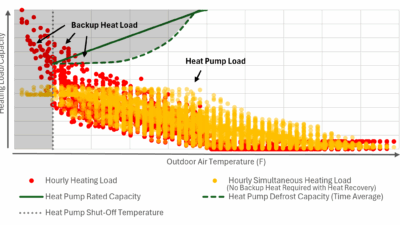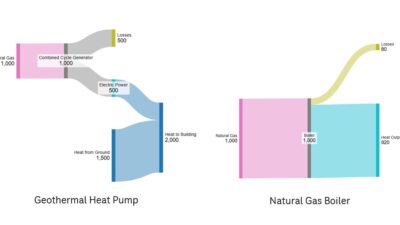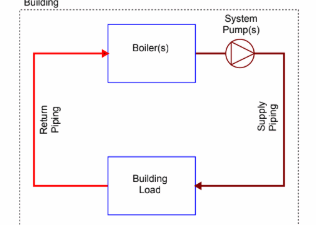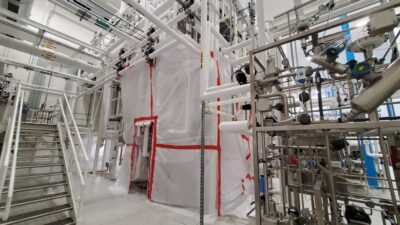A new standard,UL 3223, creates a baseline for all of a data center’s elements.
During the first quarter of 2018, UL will be launching its new data center standard, UL 3223. Working in conjunction with ESD Consulting, the safety consulting and certification company designed UL 3223 as a baseline standard to support reliability, maintainability, and security within the co-location/cloud industry. To date, there are limited certification offerings that address all critical elements of the data center—including network, security, mechanical, electrical, and fire protection—into a single, cohesive certificate.
One of the challenges besetting data center certification programs in the past is that, to meet the criteria, the industry did not recognize the utility as a critical component. Therefore, to meet the certification program, the owner would need to install continuous generation.
UL 3223, however, includes the utility as a critical component, therefore only emergency generators will comply, thus saving millions of dollars in construction. In the past, the cloud computing industry has not recognized the data center certification process due to continuous-generation requirements.
The five components of UL 3223
-
Security—With an increasing number of breaches worldwide, security has become critical in the operation of data centers. The security programs demonstrate both passive and nonpassive security elements of the design and installation. Evaluated by certified security professionals, security documents are reviewed and compliance surveys are conducted.
-
Reliability—The most important element of data center design is reliability. Redundancy plays a large role when it comes to reliability. Electrical designs include catcher-block redundant, distributed redundant, and distributed redundant with static switch, which all qualify under UL 3223. All three designs include a dual path in conjunction with uninterruptable power supply batteries and generation. Additionally, 2N and 2N+1 designs are accepted; however, they are seldom installed.
-
Concurrently maintainable design—This is considered a baseline design in today’s data center market. All systems designed must be able to be taken offline for maintenance without disruption. This is enforced within both the electrical and the mechanical support system design. Operational means of establishing concurrent maintainability will be evaluated as required. Additionally, UL 3223 evaluates the physical network design, complying with redundancy and concurrently maintainability.
-
Sustainability design—Data centers use megawatts of power. UL 3223 encompasses corporate responsibility of designing efficient cooling systems that support sustainability initiatives. As a guideline, UL 3223 follows the 2016 edition of ASHRAE Standard 90.1: Energy Standard for Buildings Except Low-Rise Residential Buildings or a power-usage effectiveness of 1.5 or lower.
-
Commissioning—UL and ESD commissioning agents (CxAs) play a large role in the certification process. For existing data centers, certified CxAs evaluate the commissioning results at the time of testing. Concerning new data centers, UL 3223 will have CxAs onsite to witness firsthand Level 5 commissioning.
Who benefits from UL 3223
Globally, there are 145 billion emails sent per day. Television is going from cable to streaming. The internet of things is touching more devices daily. There are 7 billion technology users who touch the cloud or co-location data centers every day.
Designed to support the consumer as well as enterprise customers, UL 3223 focuses on the critical infrastructure supporting the internet and data processing. Additionally, insurance companies that underwrite data center processing are looking for a vehicle to create reliability and responsibility.
While the program will officially launch in the first quarter of 2018, there are plans to introduce UL 3223 internationally in 2018-2019.
Paul Schlattman is senior vice president—consulting practice leader of ESD Consulting.



